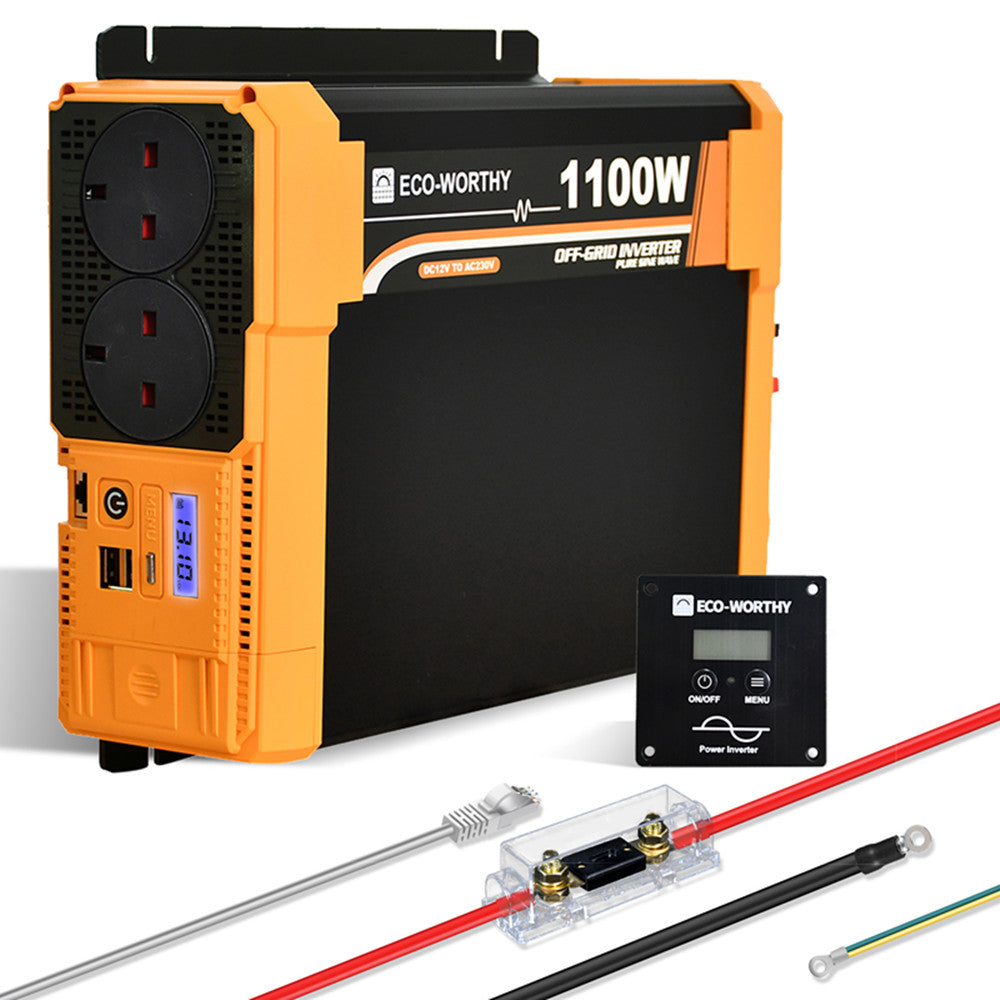In the realm of renewable energy, the inverter plays a pivotal role. It is an essential component that converts direct current (DC) generated by solar panels into alternating current (AC), which is the form of electricity used in homes and businesses. Understanding the function and significance of inverters can greatly enhance your knowledge of renewable energy systems.

What is an Inverter?
An inverter is an electrical device that transforms DC electricity into AC electricity. This conversion is crucial because most household appliances operate on AC power. Without an inverter, the energy produced by solar panels would be unusable for everyday applications. But how does this process work? The inverter takes the fluctuating DC voltage and modifies it to create a stable AC output, ensuring compatibility with the electrical grid.
Types of Inverters
There are several types of inverters available, each serving different needs within renewable energy systems:
- String Inverters: These are the most common type, connecting multiple solar panels in a series. They are cost-effective and easy to install.
- Microinverters: Installed on each solar panel, microinverters optimise energy production at the individual panel level, making them ideal for installations with shading issues.
- Central Inverters: Used in large-scale solar farms, these inverters handle a significant amount of power and are designed for efficiency.
- Hybrid Inverters: These versatile inverters can manage multiple energy sources, including solar panels and battery storage systems.
Benefits of Using Inverters in Renewable Energy Systems
The integration of an inverter in renewable energy systems offers numerous advantages:
- Efficiency: Inverters maximise the energy output from solar panels, ensuring that more electricity is available for use.
- Grid Compatibility: They enable the seamless integration of renewable energy into the existing electrical grid.
- Monitoring Capabilities: Many modern inverters come equipped with monitoring features, allowing users to track energy production and consumption.
- Safety: Inverters include safety mechanisms that protect both the solar system and the electrical grid from faults.
Choosing the Right Inverter
When selecting an inverter for your renewable energy system, consider factors such as system size, installation location, and budget. It is advisable to consult with a professional to determine the most suitable option for your specific needs. For those interested in exploring various inverter options, you can visit for a comprehensive selection.
Conclusion
In summary, the inverter is a critical component of renewable energy systems, facilitating the conversion of solar energy into usable electricity. By understanding the different types of inverters and their benefits, you can make informed decisions that enhance the efficiency and effectiveness of your renewable energy investments. As the world moves towards sustainable energy solutions, the role of inverters will only continue to grow in importance.







